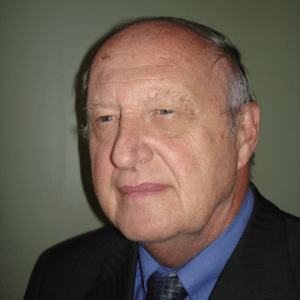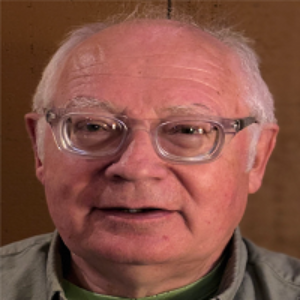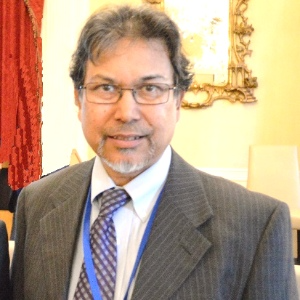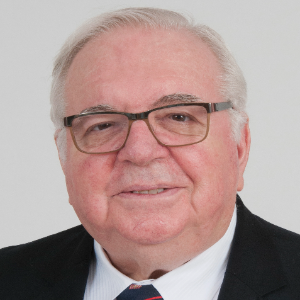Ceramics are inorganic and non-metallic materials that are necessary in our everyday lives. Ceramic and materials engineers design the procedures by which these items are manufactured, develop new types of ceramic products, and discover new applications for ceramics in everyday life. Ceramics can be found all over the place. Tile, bricks, plates, glass, and toilets all fall within this category of materials. A ceramic is a non-metallic inorganic material made composed of metal or non-metal compounds that have been formed and then hardened at high temperatures. They are hard, corrosion-resistant, and brittle in general.
Engineering Materials are materials that are used as raw materials for any type of construction or manufacture in an ordered manner in an engineering application. Controlled engineering procedures, for example, are used to create the computer and pen we use. Everything we use in our day-to-day lives may be customised to be used in unique situations. If we know the properties of each material ahead of time, we can do this quickly. As a result, materials have been thoroughly evaluated for their qualities and categorised into broad categories.
A composite material is a macroscopic mixture of two or more different materials with a finite interface between them. Composite materials first appeared in the mid-twentieth century as a promising class of engineering materials that offered new opportunities for modern technology. The flexibility to modify properties and the vast range of property values achieved with composites is a benefit. Traditional engineering materials have lower strength and modulus-to-weight ratios than composite materials. These features can reduce a system's weight by as much as 20% to 30%.

Ephraim Suhir
Portland State University, United States
Thomas J Webster
Interstellar Therapeutics, United States
Robert Buenker
University of Wuppertal, Germany
Will Skene
Montreal University, Canada
Valeriy A Buryachenko
Micromechanics & Composites LLC, United States
Anis Rahman
Applied Research & Photonics, Inc, United States
Will Skene
Montreal University, Canada
Robert Guidoin
Laval University, Canada
Robert Buenker
University of Wuppertal, Germany


Title : Introducing picotechnology: An exciting extension of nanotechnology
Thomas J Webster, Interstellar Therapeutics, United States
Title : The failure of both einsteins space-time theory and his equivalence principle and their resolution by the uniform scaling method
Robert Buenker, University of Wuppertal, Germany
Title : Material challenges with proton conducting ceramics for intermediate temperature hydrogenation/dehydrogenation applications
Saheli Biswas, Commonwealth Scientific and Industrial Research Organisation, Australia
Title : Porphyrin layers at metal-electrolyte interfaces monitored by EC-STM and CV
Marek Nowicki, University of Wroclaw, Poland
Title : Color control of electrochromes by structural modification
Will Skene, Montreal University, Canada
Title : Make experiments more efficient: Two simple and powerful approaches. Mg2Si growth for photovoltaic and thermoelectric applications
Alexander S Gouralnik , Institute of Automation and Control Processes, Russian Federation
Title : Reconfigurable antenna structures using tunable materials
Nasimuddin, Institute for Infocomm Research, Singapore
Title : (0, 1 and 2) Dimensional hybrid architecture of the synthesized materials leads the smart sensing of the gaseous species at low/room temperature
D R Patil, North Maharashtra University, India
Title : Enhanced grain refinement, precipitates regulation, and improved mechanical properties of cast Al-Li alloy by Ti addition and heat treatment
Lixiong Shao, Shanghai Jiao Tong University, China
Title : Broadband sound attenuation of shape memory polymer with triangular-honeycomb unit cell metamaterial structural design
Musaab Ejaz, Universiti Teknologi PETRONAS (UTP), Malaysia